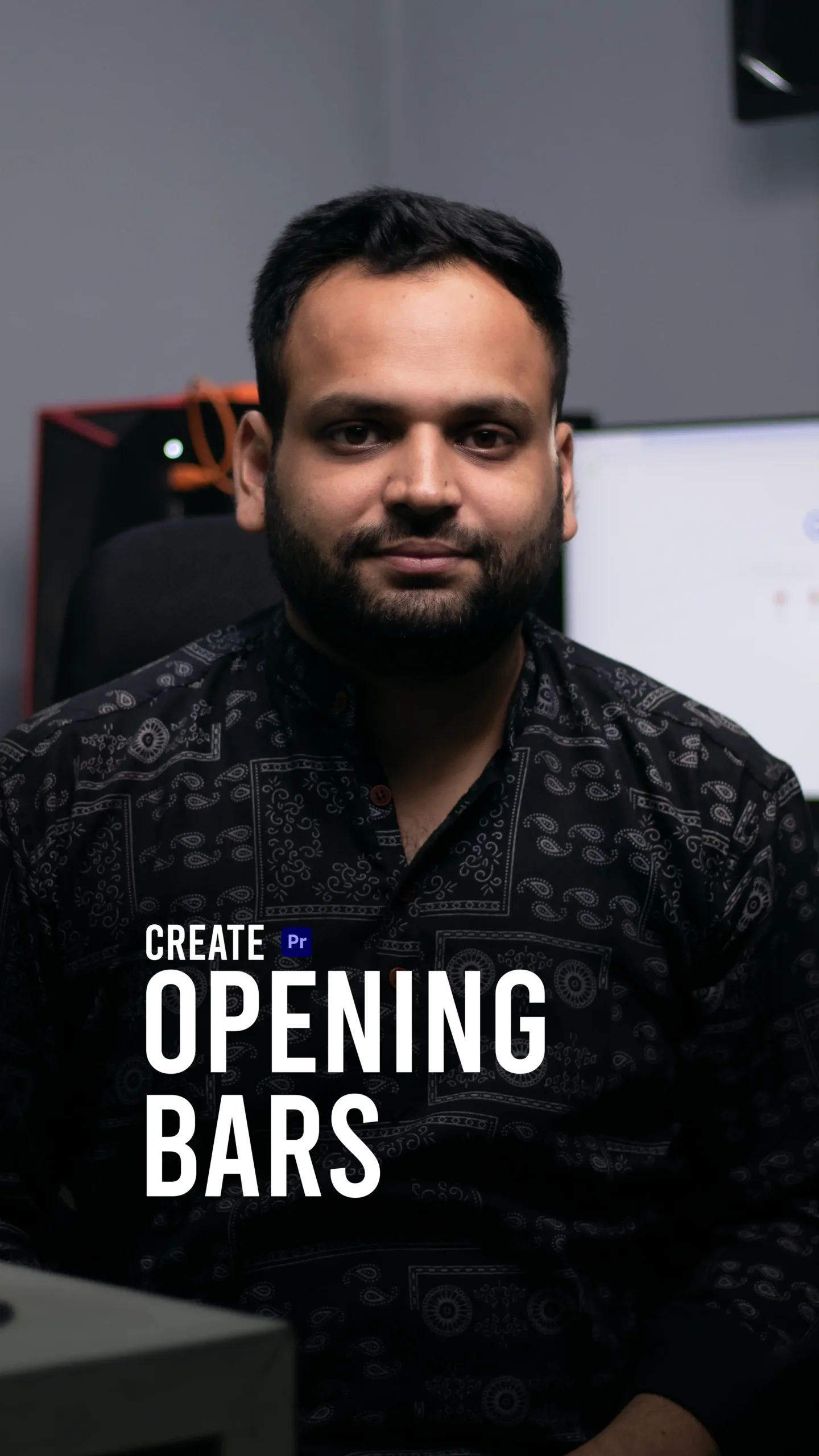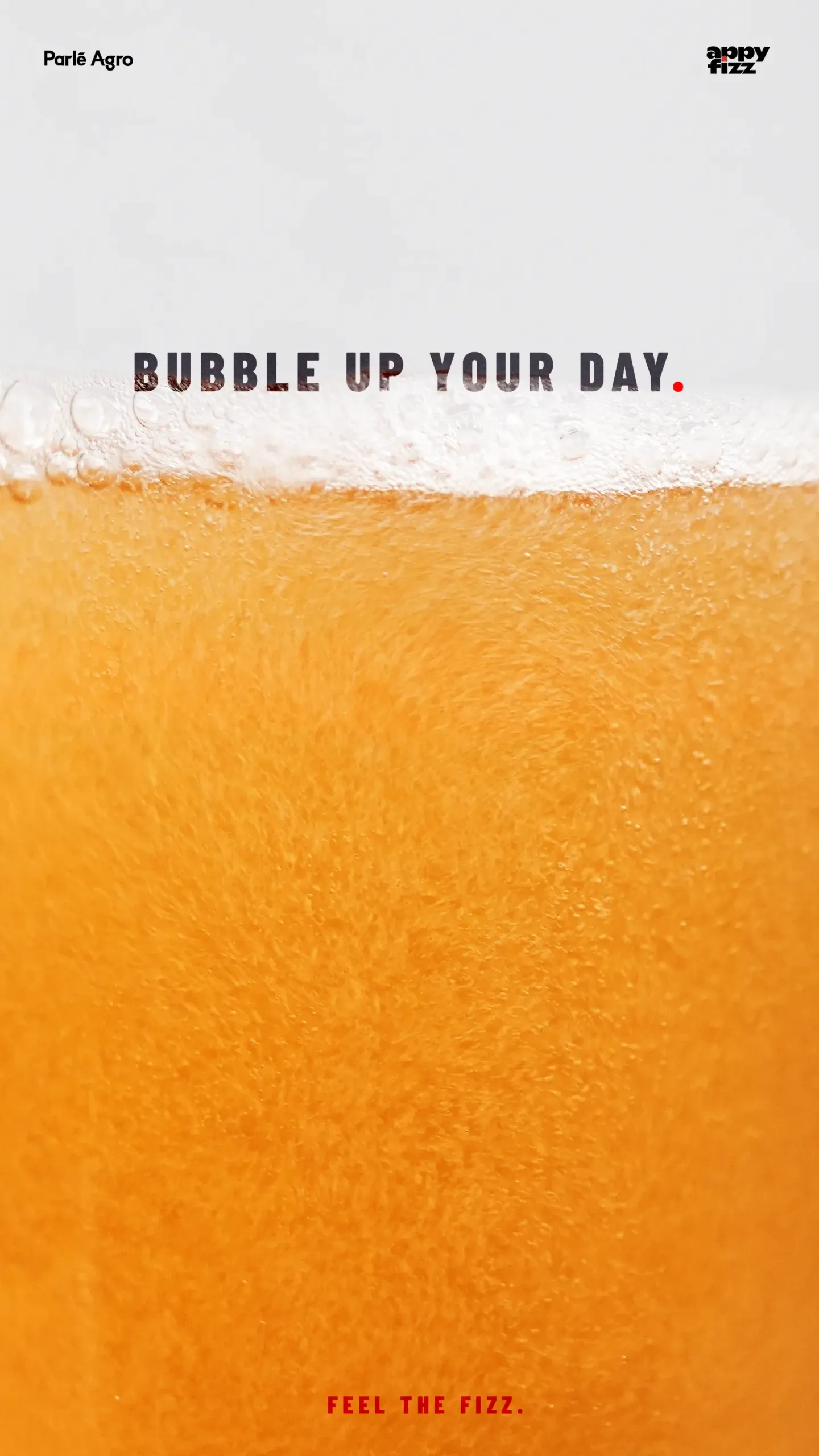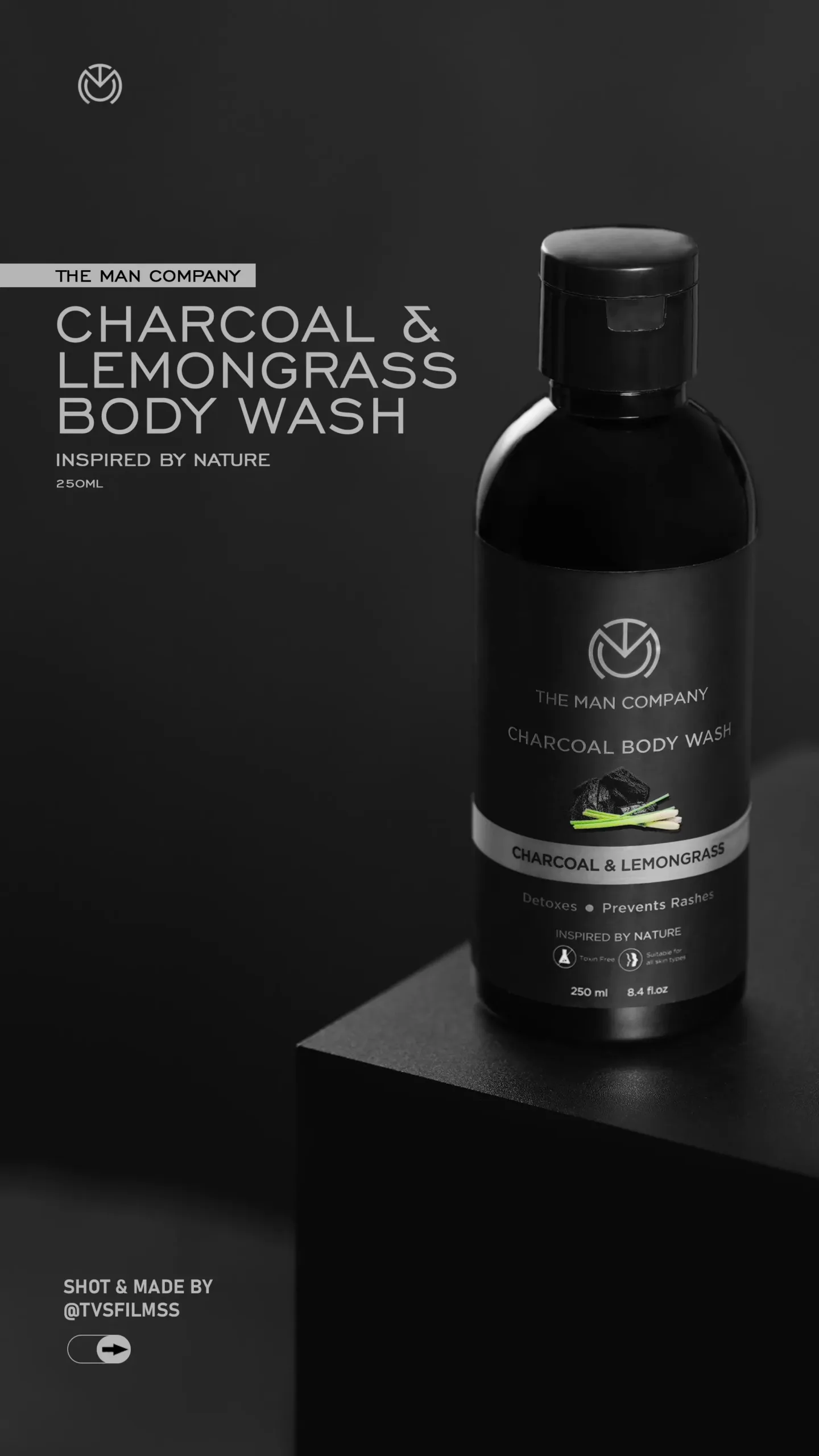Ever wondered how filmmakers add that widescreen, cinematic look to their videos? It’s not just black bars—it’s about animation and style!”
Cinema bars, also known as letterboxing, are the black bars you often see at the top and bottom of a video frame. They instantly give your footage a widescreen, cinematic look, making it feel more professional and immersive. While static cinema bars are widely used, adding subtle animation can enhance your storytelling by creating smooth transitions and drawing the viewer’s focus.
Most editors use static cinema bars, simply applying a black overlay to achieve the effect. While this works well, it remains a passive visual element. Animated cinema bars, on the other hand, add movement and energy, making transitions smoother and enhancing dramatic moments. Whether it’s a slow fade-in to introduce a scene or a dynamic closing effect to emphasize a climax, animated bars provide a more engaging and polished feel to your edits.
Why Use Animated Cinema Bars?
-
They Make Transitions Smoother
Static cinema bars simply sit on the screen, but animated ones can be used creatively to transition between scenes. For example, you can have the bars slowly slide in or out to introduce a new segment, creating a seamless and visually appealing shift. This is especially useful in cinematic montages, travel films, and storytelling-driven content where smooth transitions help maintain viewer engagement.
-
They Add Emphasis to Your Storytelling
Animation isn’t just about aesthetics—it’s a storytelling tool. Imagine a tense moment in your video where the black bars gradually close in, subtly increasing the drama and focusing the viewer’s attention on the center of the frame. Or, for an epic reveal, the bars could slowly pull away, expanding the scene and creating a feeling of openness and excitement. These small details enhance the emotional impact of your footage.
-
They Provide a Professional Touch to Your Edits
In high-budget films, elements like aspect ratio shifts and animated letterboxing are often used to create a polished, high-end look. Adding motion to your cinema bars gives your video a refined, intentional style—something that sets your work apart from simple edits. Whether you’re working on short films, YouTube videos, or client projects, animated bars can make your footage feel more dynamic and professionally crafted.
Conclusion
By incorporating animated cinema bars into your workflow, you can enhance the overall visual experience, making your edits stand out while keeping the audience immersed in your story.
Animated cinema bars are a simple yet powerful way to elevate the look of your videos. By adding subtle movement, you can create smoother transitions, enhance storytelling, and give your edits a professional touch. Whether you’re working on a short film, a YouTube video, or a client project, this technique can make your visuals feel more polished and intentional.
Now it’s your turn to try it out! Experiment with animated cinema bars in your next project and see how they enhance your edits. If you’re looking for a step-by-step guide, be sure to check out my full tutorial, where I walk you through the entire process in Premiere Pro.
I’d love to see what you create! If you try this technique, feel free to share your results or tag me—I’d be happy to check out your work and hear your thoughts. Let’s keep pushing creative boundaries together! 🎬✨ Check out our video for a step by step guide.






